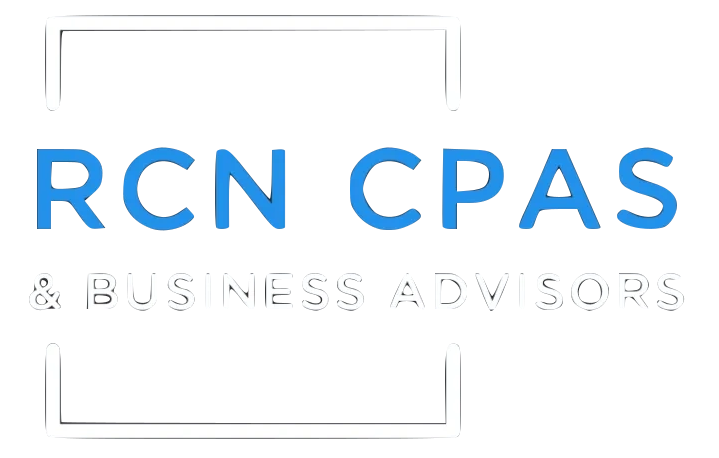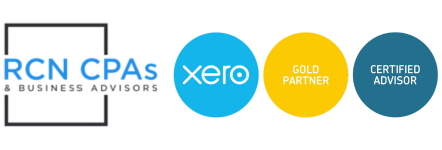Financial Spring Cleaning: 7 Tips to Improve Cash Flow and Cut Costs

We understand that digging through your finances can sometimes feel as frustrating as hunting for a matching sock in a towering pile of laundry. But managing your business finances doesn’t have to be overwhelming. Think of it like tidying up your workspace: a bit of effort now can lead to significantly more clarity, control, and breathing room later.
In fact, a clean financial house is like having a secret weapon! It’s not just about having money in the bank (though that’s definitely a perk!). It’s about knowing exactly where your money is going, spotting opportunities to save, and ultimately building a stronger, more resilient business.
That’s why I wanted to share a few straightforward tips that have really helped businesses like yours get their financial ducks in a row.
1. Take a Good Hard Look: Conduct a Comprehensive Financial Audit
Think of this as your business’s annual physical.
- Find those hidden money leaks:
Over time, every business accumulates a bit of financial clutter – maybe it’s a software subscription you don’t use anymore or a service contract that isn’t delivering. A thorough financial audit helps you shine a light on these inefficiencies and hidden costs that are quietly eating away at your profits. We’re talking about those unused assets, budgets that don’t quite align with reality, or even processes that are more complicated than they need to be.
- Make your financial reports crystal clear:
Numbers tell a story, but if your reports are all over the place or confusing, it’s hard to understand what that story is. Let’s simplify things! Consolidate where your data comes from, ditch those time-consuming manual reconciliations, and set up easy-to-read dashboards. Imagine having a clear, real-time view of your cash flow, expenses, and how profitable you are – it makes decision-making so much easier!
2. Get Paid Faster: Optimize Accounts Receivable Processes
Think of this as making sure the money you’ve earned actually makes its way into your bank account efficiently.
- Set clear expectations: Implement stricter payment terms: When payments drag on, it puts a real strain on your cash flow. Let’s get clear about when you expect to be paid. Introduce firm but fair payment terms – maybe 15 or 30 days – and make sure you clearly outline any penalties for late payments.
- Reward promptness: Encourage early payments with incentives: A little nudge can go a long way! Consider offering a small discount to clients who pay their invoices early. For example, a 2% discount for payments within 10 days can be a great way to encourage faster payments and keep your cash flowing smoothly.
3. Trim the Fat: Reassess Recurring Expenses
Think of this as regularly checking your subscriptions to make sure you’re actually using what you’re paying for.
- Review those automatic payments: Subscriptions, licenses, and overhead: It’s easy to forget about those recurring charges, but they can really add up! Make it a habit to review all your regular expenses – from software subscriptions to office utilities – every month or quarter. If something isn’t providing real value anymore, don’t hesitate to cancel it or see if you can consolidate services.
- Don’t be afraid to ask: Renegotiate vendor contracts: Just because you’ve been with a vendor for a while doesn’t mean you can’t talk about costs. Be transparent with them about your goals to cut expenses. You might be surprised – often, they’re willing to adjust their terms, offer discounts, or even provide better service to keep your business.
4. Smart Stock Management: Enhance Inventory Management
Think of this as making sure your shelves aren’t just holding onto dust and tying up your precious capital.
- Say goodbye to slow-movers: Eliminate dead stock: Inventory sitting around is like money gathering dust. Regularly audit your inventory for items that haven’t sold in a long time (say, 90 days or more). Consider creative solutions like bundling them with popular items, offering discounts, or even donating them to free up valuable space and get some working capital back.
- Be strategic with ordering: Adopt just-in-time (JIT) inventory systems: Imagine only having the inventory you need, right when you need it. That’s the beauty of a JIT system. When it works with reliable suppliers, it minimizes your holding costs and reduces waste. Instead of guessing how much to order, you align your stock levels with customer demand.
5. Keep a Close Watch: Control Variable Expenses
Think of these as the smaller, day-to-day expenses that can surprisingly add up if you’re not careful.
- Track those flexible costs: Monitor discretionary spending: Those seemingly small, irregular expenses like travel, marketing, and entertainment can become significant drains if they’re not managed. Implement an approval process for these types of budgets and always ask: “Does this expense truly help us generate revenue or improve how we operate?”
- Let tech lend a hand: Embrace technology for operational efficiency: Technology isn’t just a fancy add-on anymore – it’s a powerful tool for cutting costs. Think about cloud-based CRM systems, automated accounting software, and virtual collaboration platforms. These tools can reduce the need for manual labor and eliminate a lot of duplicated effort.
6. Work Smarter, Not Harder: Automate and Outsource Strategically
Think of this as freeing up your time and your team’s time to focus on what you do best.
- Leverage automation for repetitive tasks: From processing payroll to sending out invoices, there are so many tasks that can be automated. Tools like Zapier or Xero can help connect different processes and take some of the workload off your internal team, reducing errors and speeding things up.
- Focus on your core: Outsource non-core functions: You’re the expert in your business, so focus on that! Tasks that aren’t central to your core operations – like IT support, HR administration, or even content creation – can often be outsourced to specialists. This can actually save you money and ensure a high level of quality without stretching your internal resources too thin.
7. Look Ahead: Create a Cash Flow Forecast and Monitor It Regularly
Think of this as having a financial roadmap that helps you anticipate potential bumps in the road.
- Use the right tools: Employ forecasting tools: Forecasting isn’t about guessing the future; it’s about using the data you have to prepare for it. Aim to have a forecast that looks at least three to six months down the line.
- Stay on track: Analyze variances and adjust accordingly: A cash flow forecast is only useful if you actually compare it to what’s really happening. Regularly review your projections against your actual performance. If you see any significant differences – whether good or bad – dig into why and adjust your strategies as needed to reflect what’s really going on in the market and within your business.
Taking the time to clean up your business finances isn’t just an administrative task – it’s a smart business move. By implementing these strategies, you can steer your business towards more efficient operations, a healthier cash flow, and a much clearer understanding of your financial picture.
What are your biggest challenges when it comes to managing your business finances? And if you’re feeling a bit overwhelmed, remember that’s where firms like ours come in – we’re here to help you navigate these waters and build a stronger financial foundation for your business.





